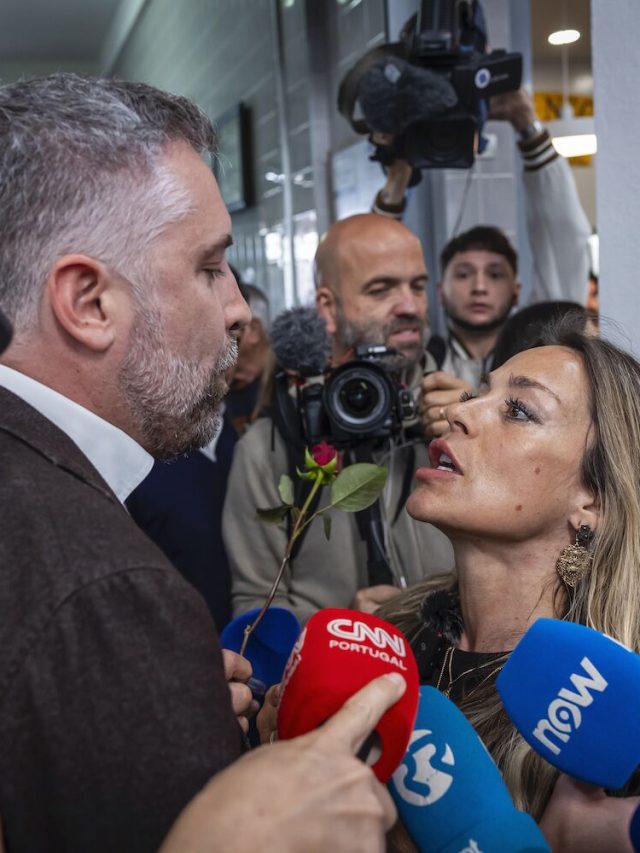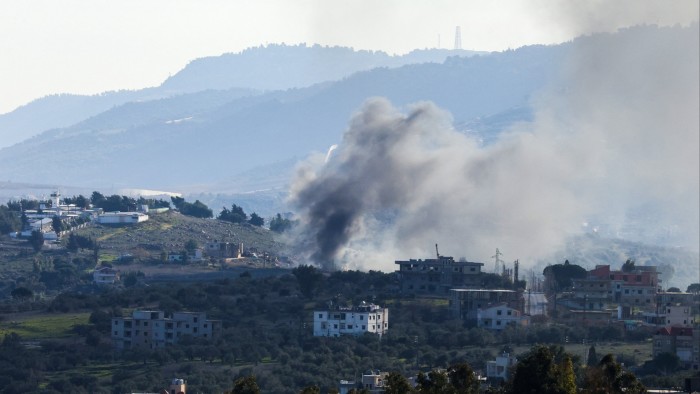Israeli troops consolidate positions in southern Lebanon
Israeli forces have carried out more than 500 operations in southern Lebanon in the two months since a ceasefire agreement was reached with Hezbollah, and locals are bracing for more destruction as the army plans to delay its withdrawal.
Since a ceasefire with Lebanese armed groups came into effect on November 27, Israel has launched regular attacks after more than a year of conflict.
According to statistics from the non-profit organization ACLED, a total of 515 actions took place from the beginning of the ceasefire to January 17. These included aerial and drone attacks, as well as more than 206 incidents of property damage in 39 villages. According to the Financial Times, at least 37 people have died.
Under the truce, Israel will withdraw its troops from Lebanon on Sunday and Hezbollah will move its weapons north of the Litani River, 30 kilometers from the de facto border, and replace them with the Lebanese Armed Forces. But the Israeli government said on Friday that its troops would remain in Lebanon beyond the deadline, and officials were discussing a 30-day extension.
For residents of Lebanese border communities — many of whom are unable to return — the prospect of continued Israeli occupation leaves them uncertain about when they can return home and what they will find when they do.
“They took advantage of the opportunity provided by the ceasefire,” Aita al-Chab mayor Mohammad Srour said of Israeli destruction of villages on its border. “Before the ceasefire, they carried out shelling and air strikes. But after the ceasefire, they entered the villages on the ground and subsequently caused more damage.”
Some villagers lost patience and considered returning on Sunday regardless of the risks. “Whatever happens, happens,” said Najib Hussein Halawi, a local official in Kfar Kila, another community whose residents have been displaced. “The danger is great, but what can you do? Sit there and shut up?”
Israeli officials said their actions were consistent with the ceasefire and that they were continuing the operation because Hezbollah still has operatives and infrastructure in the area and the Lebanese Armed Forces have not yet deployed enough personnel to stop the militants.
Unable to return to his village, Srul has sought refuge further north, but he has been in touch with family and friends who have returned to inspect the damage.
“Aita is a disaster,” he said of the village, which remains under Israeli occupation and is close to the border, the United Nations' “blue line” drawn by the United Nations that separates the two countries. Most homes were damaged, infrastructure bulldozed and everything from houses of worship to schools wiped off the map, he said.
Hezbollah has warned Israel not to test its “patience” and last month fired rockets at Israeli positions in the disputed territory of Shab'a Farms over “repeated” ceasefire violations.

Lebanese new President Joseph Aoun also said this month that “bombing houses and destroying border villages are completely contrary to the ceasefire agreement.” U.N. peacekeepers this month called Israel's bulldozing of air force observation towers and U.N. border markers a “blatant violation.”
The Israeli military did not respond to a request for comment on its actions since the ceasefire. But on Thursday it said Hezbollah used Aita “to store weapons and as a base to fire hundreds of rockets and anti-tank missiles into Israel” and that forces carried out operations to “neutralize the threat”. They allegedly found more than 30 weapons caches, with weapons stored in “residential buildings, courtyards, kindergartens and basements.”
Locals say Israeli demolitions are a daily occurrence. In December and early January, images taken by people around Naqula, another border village, showed Israeli bulldozers apparently knocking down houses.
The Lebanese Armed Forces entered Naqura on January 7, but Mayor Abbas Awada said residents were waiting for the army to announce that all unexploded ordnance had been cleared before returning.
Prior to the ceasefire, Israeli forces had systematically destroyed buildings near the border. While they have withdrawn from more than a dozen villages in the western and central parts of the border, they remain in much of the east.
Musa Hayouk, a local business owner, lost his house, chicken farm and lumber yard in Aita shortly after the ceasefire began. He had fled the town for Beirut's southern suburbs and had seen the destruction through photos of other residents who briefly returned to the village to inspect.
Hayuk said Israel's actions amounted to collective punishment of residents, regardless of whether they were affiliated with Hezbollah: “Their goals are well known and we understand them.”
After Hamas attacked southern Israel on October 7, 2023, Hezbollah began firing on Israel, and the conflict broke out. Last October, Israel launched a ground invasion and devastating offensive against Hezbollah, and cross-border fighting escalated sharply this year.
More than 4,000 Lebanese and 140 Israelis were killed in the conflict. About 1 million people are displaced in Lebanon and 60,000 people in Israel.
Human Rights Watch researcher Ramzi Keys said the presence of Hezbollah's military infrastructure does not justify many of Israel's actions under international law.
“Even if there were military targets in these villages, such as the tunnels used by Hezbollah, serious questions would be raised about whether this level of destruction was necessary,” he said. “Contrary to what some Israeli officials claim, entire border villages “It cannot be considered a military target.”
Kfar Kila, Harawi's village, was the site of one of the worst demolitions. “There are explosions every day,” Haraway said. He estimated that most of the damage occurred after the ceasefire. Israel, he said, was “crossing a lot of borders.”












